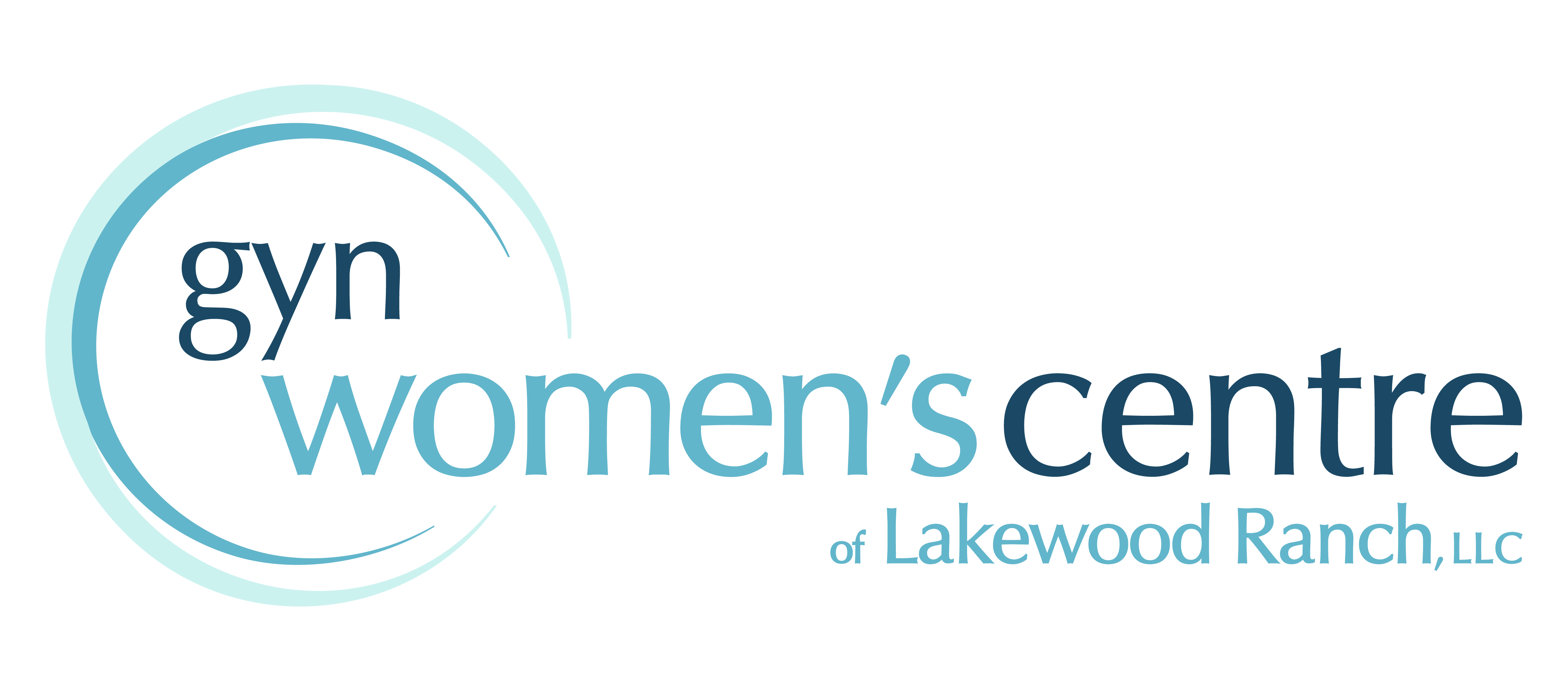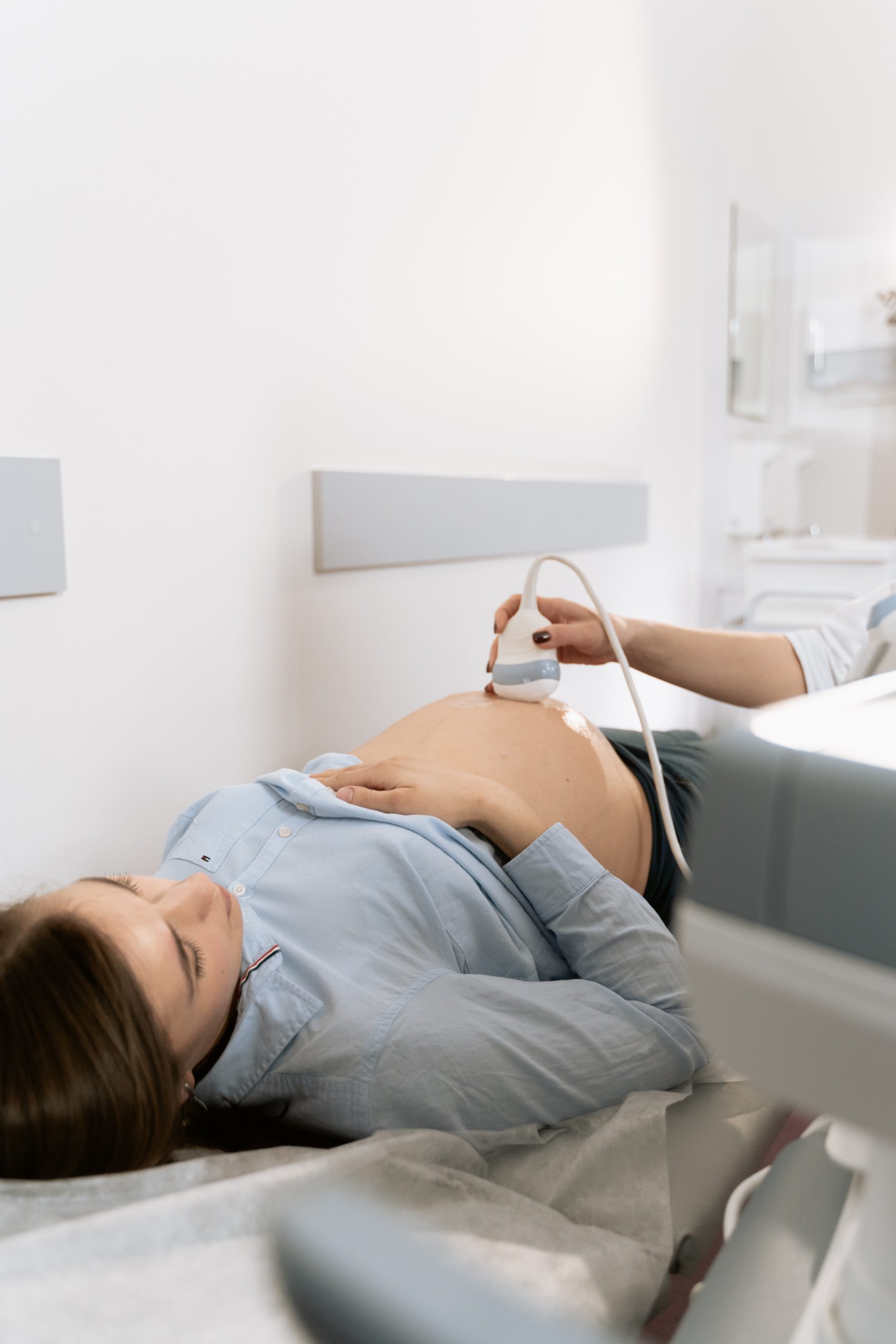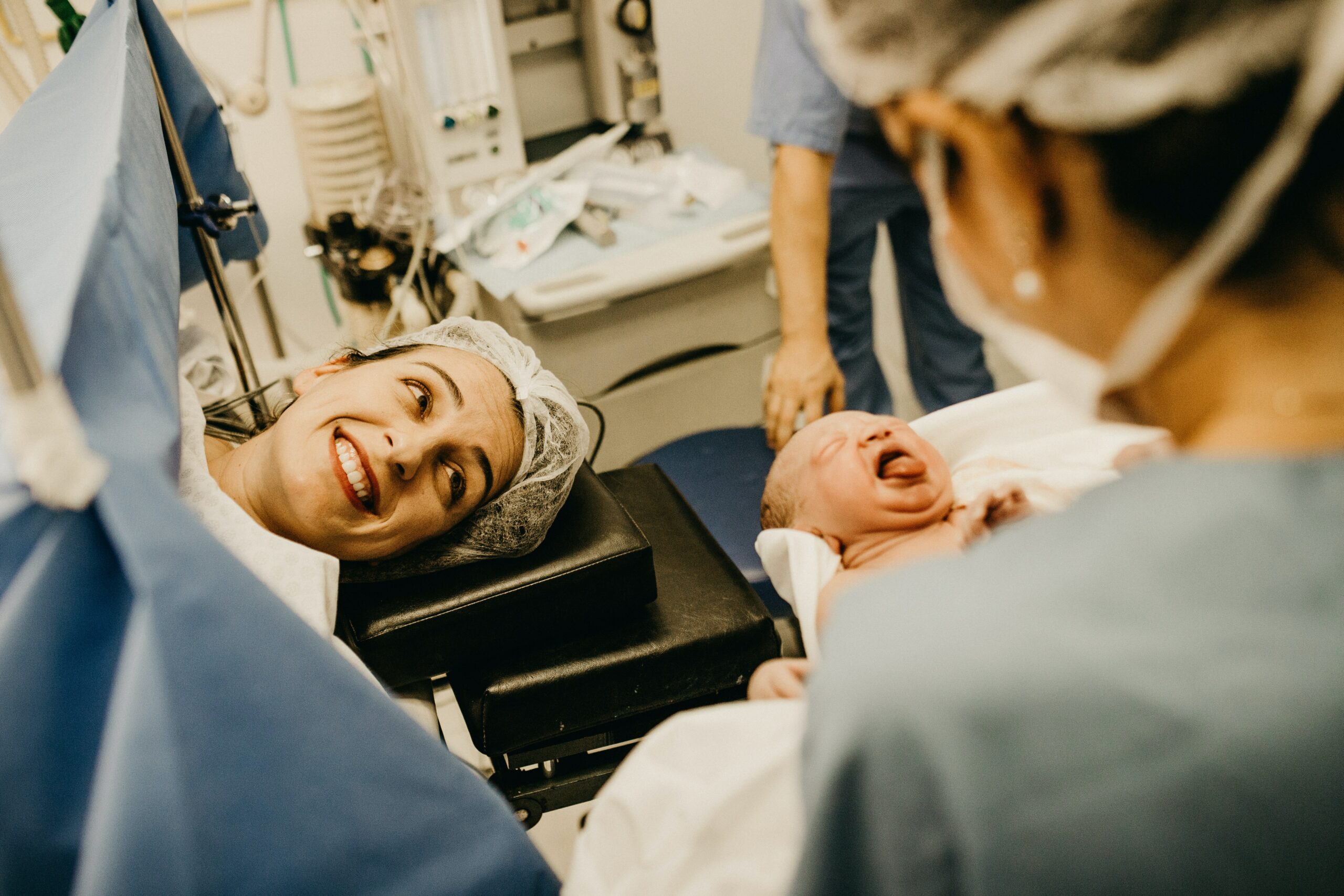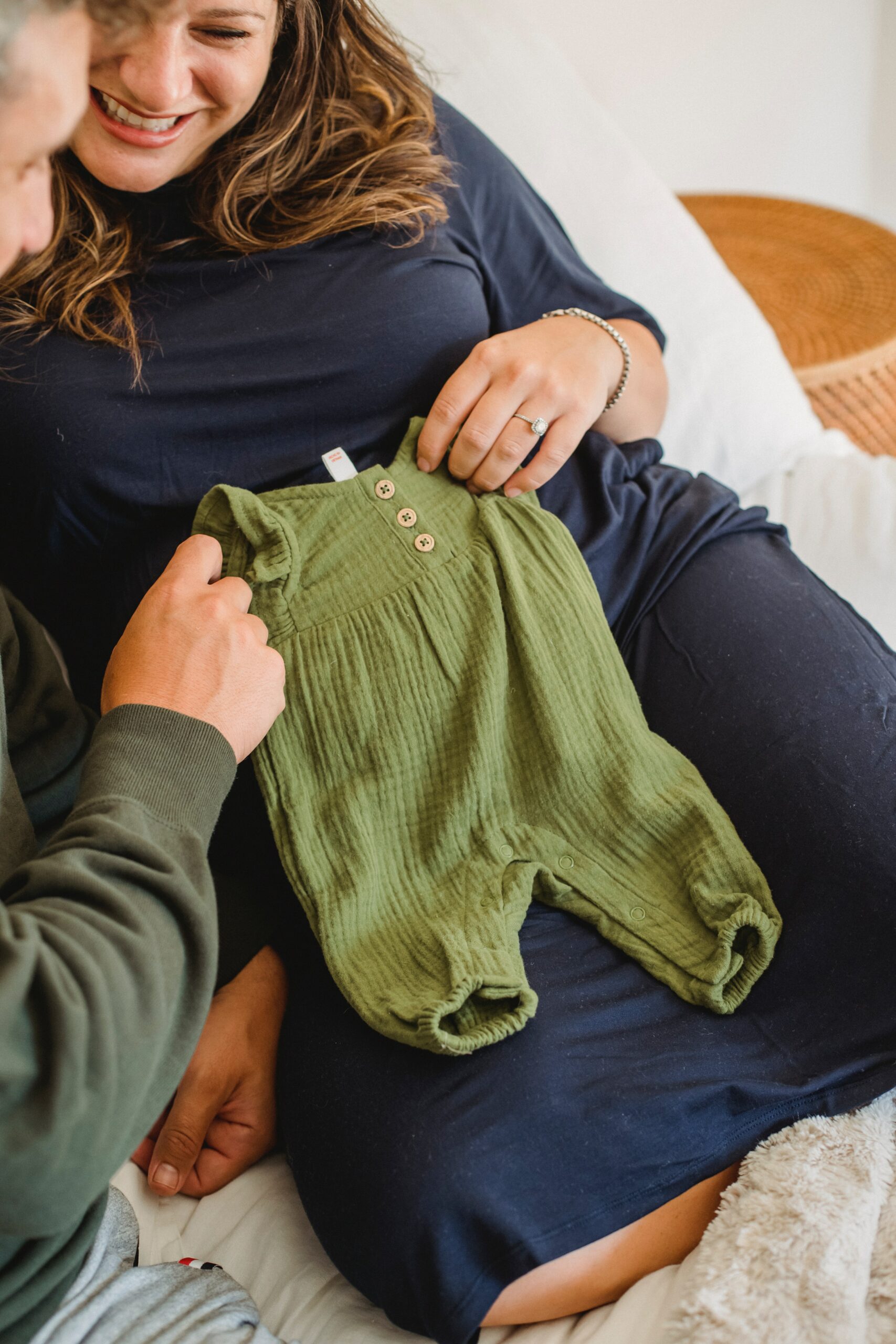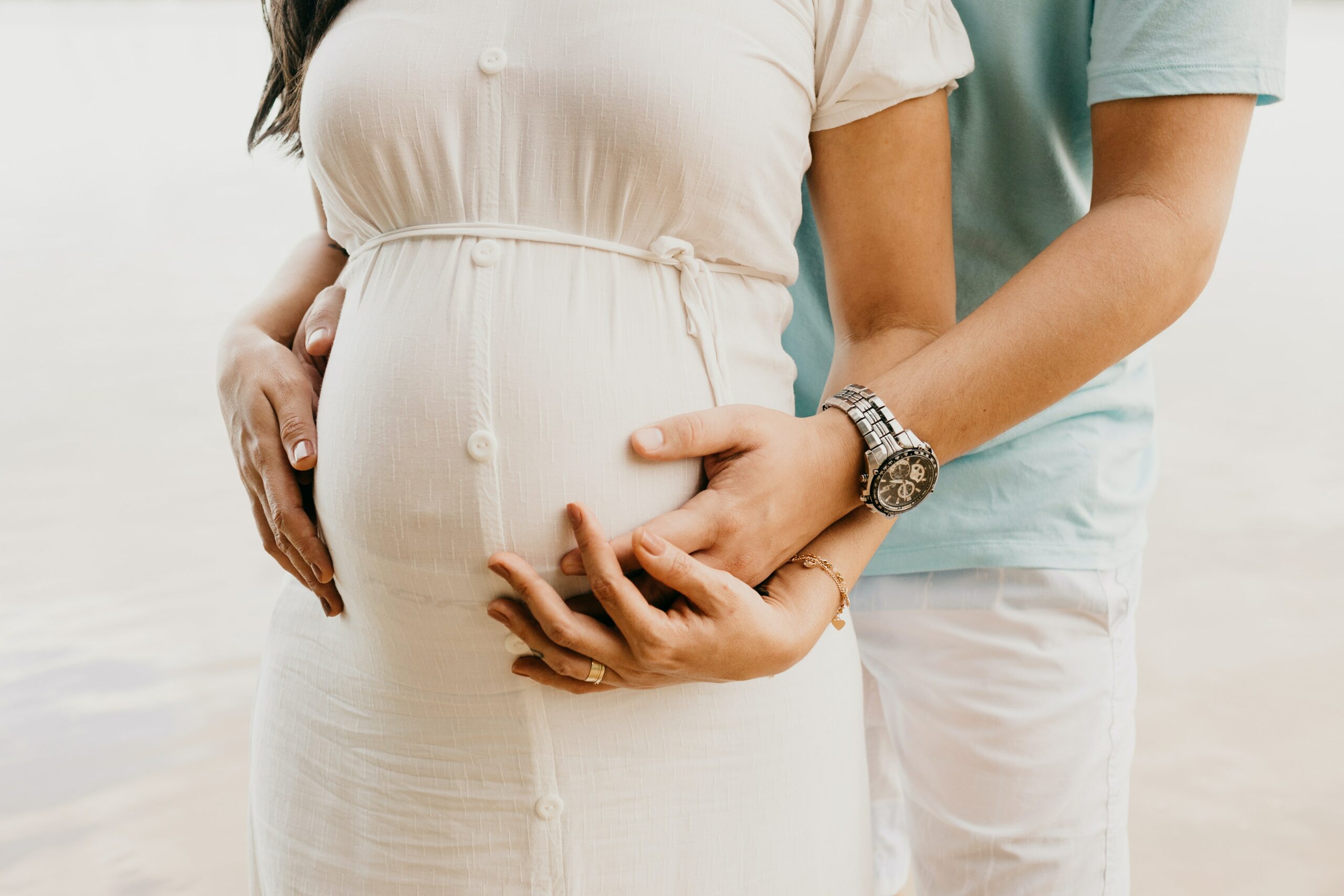Pregnancy can be such a fun experience and you may have questions as your pregnancy goes along. When can I hear the heartbeat? When do their fingers and toes develop? Let’s see if we can cover some of those questions as we go over fetal development at a glance.
Conception
Congratulations! You are pregnant! During conception, fertilization happens. The sperm meets and penetrates an egg. The genetic makeup is complete, including the sex of the baby. Within about three days after conception, that fertilized egg is dividing quickly into many cells. It then passes through the fallopian tube into the uterus, where it attaches to the uterine wall. The placenta then starts to form and will nourish the baby.
4 Weeks
Your baby is developing the structures that will eventually form their face and neck. The heart and blood vessels have begun to develop. Along with the lungs, stomach, and liver. At this point, a home pregnancy test would show positive.
8 Weeks
Your baby is now a little over half an inch in size. The eyelids and ears are forming, and you can see the tip of the nose. The arms and legs are well-formed. Fingers and toes grow longer and are a little more distinct.
12 Weeks
Your baby now measures about 2 inches and will start to move on its own. You may be able to feel the top of your uterus above your pubic bone. Your doctor may also be able to hear the baby’s heartbeat with special instruments. The sex organs of the baby should start to become clear.
16 Weeks
The baby now measures approximately 4.3 to 4.6 inches and weighs about 3.5 ounces. You may be able to feel the top of your uterus about 3 inches below your belly button. Your baby’s eyes can blink and the heart and blood vessels are fully formed. At this stage your baby’s fingers and toes have fingerprints.
20 Weeks
Your baby weighs approximately 10 ounces and is a little more than 6 inches long. Also, your uterus may be at the level of your belly button. Your baby is now capable of sucking their thumb, yawning, stretching, and making faces. You probably have felt your baby move by now – if not now, soon. That movement feels like a fluttering and is called “quickening.”
Ultrasound Time
An ultrasound is typically done at 18 to 20 weeks of pregnancy. During this ultrasound, the doctor is looking at multiple factors that include the brain, heart, kidneys, limbs, face, gender, and more. Your doctor will make sure that the placenta looks healthy and that it is attached normally along with if your baby is growing properly. You can see the baby’s heartbeat and movement of its body, arms, and legs on the ultrasound. If you want to know the sex of the baby, this would be a good time to ask.
24 Weeks
Your baby probably weighs about 1.4 pounds now and responds to sounds by moving or even increasing their pulse. If you detect a jerking motion, it is more than likely your baby experiencing the hiccups. At this point, the inner ear is fully developed and your baby may be able to sense being upside down in the womb.
28 Weeks
The baby weighs about 2 pounds, 6 ounces, and changes position often during this point in your pregnancy. If you had to deliver prematurely now, there is a good chance the baby would survive. Ask your doctor about preterm labor warning signs. This would be a good time to register for birthing classes. Birthing classes can help to prepare you for many aspects of childbirth, including labor and delivery and taking care of your newborn.
32 Weeks
Have you noticed your baby moving around a little more? The baby weighs approximately 4 pounds and should be moving around often. The baby’s skin has fewer wrinkles as a layer of fat starts to form under the skin. Your baby will gain up to half their birth weight between now and delivery. Generally now is a good time to ask your doctor how to do a fetal movement chart. You may also want to consider breastfeeding if you haven’t decided already. You may experience a yellowish fluid leaking from your breasts. That is colostrum, and it occurs in order to get your breasts ready for making milk. Most women go to the doctor every two weeks at this stage of pregnancy.
36 Weeks
Babies vary in size, depending on a number of factors, such as gender, the number of babies being carried, and the size of the parents. Your baby’s overall rate of growth is as important as the actual size. On average, at this stage, a baby is about 18.5 inches and weighs close to 6 pounds. The brain has been developing rapidly. Lungs are nearly fully developed. The head is usually positioned down into the pelvis by now. Early term babies are born between 37-39 weeks, at term babies are born at 39-40 weeks, and babies are considered late-term if they’re born at 41-42 weeks.
Due Date – Happy Birthday!
Your delivery date is calculated using the first day of your last period. The due date marks the end of their 40th week of pregnancy. Pregnancy can last between 38 and 42 weeks with a full-term delivery happening around 40 weeks. Pregnancies that last more than 42 weeks are not necessarily considered late. The due date may just not be accurate. For safety reasons, most babies are delivered by 42 weeks, and even then the doctor may need to induce labor.
If you think you may be pregnant or you are trying to get pregnant, call the OB-GYN Women’s Centre of Lakewood Ranch. Our team of experienced and compassionate physicians can provide the care you need to help keep you and your baby healthy.
